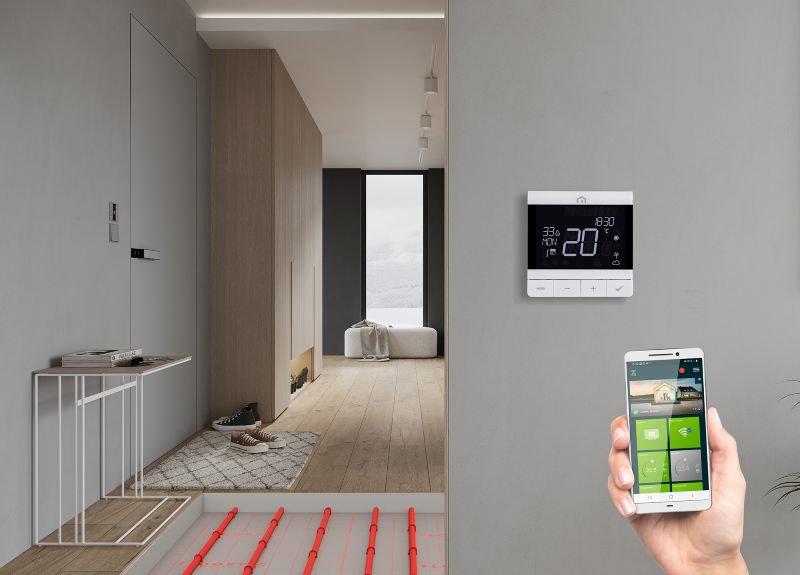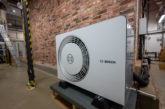
Nabeel Javaid, UK Market & Application Specialist at Myson, addresses some of the myths surrounding underfloor heating installation, its suitability, efficiency and operation.
‘Underfloor heating is only suitable for new builds’
Underfloor heating is suitable for both new and existing buildings, but it’s important to consider the project’s specific requirements when choosing the most suitable system. Wet systems are ideal for new builds, while dry or thin-layer systems are better for renovations with limited floor height. Check insulation in older properties before installing.
‘Underfloor heating is more expensive than radiators’
Whilst the installation of underfloor heating might be more costly than a radiator system, underfloor heating is more energy-efficient and can save money over time.
‘With Underfloor Heating you cannot control the room temperature precisely’
While traditional analogue control systems might not allow for a very precise temperature control, modern digital systems like Unisenza and Unisenza Plus allow accurate zoned, or room-by-room, temperature control, with features like ECO mode, open window detection, and app-based control.
‘Underfloor heating takes a long time to heat up’
Not anymore. Today’s systems heat quickly, especially with proper design and smart controls. Heat-up time depends on the flooring and setup, but it can be optimised for the end user’s routine. For example, set the temperature to drop only a few degrees during the night, or at times when the property is unoccupied, to minimise heat up times.
‘Underfloor heating cannot be used with wooden floors’
It can be used with wood floors, laminate and parquet flooring. Just choose a stable wood, like oak, and ensure it is rated for surface heating. Use floor sensors for added protection.
‘Underfloor heating requires a high construction height’
Not necessarily. While standard fixing systems may need 100–120mm, low-profile solutions like the Myson Microplate system require just 15–20mm.
‘Underfloor heating can only be installed on the ground floor’
It works on any floor of a building. You just need to tailor the system design to the room’s layout and insulation level.
Nabeel concludes, “The optimal performance of an underfloor heating system can be influenced by the pipe spacing, type of pipe used, flow and return temperatures, and correct balancing of the system. Our blog offers more detailed information on the importance of balancing the system.”
Image: Myson













